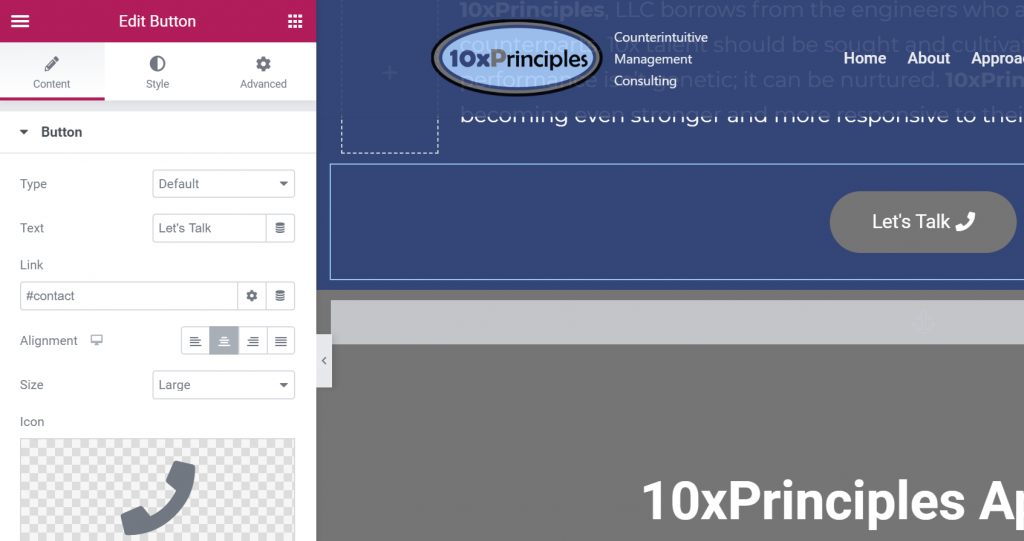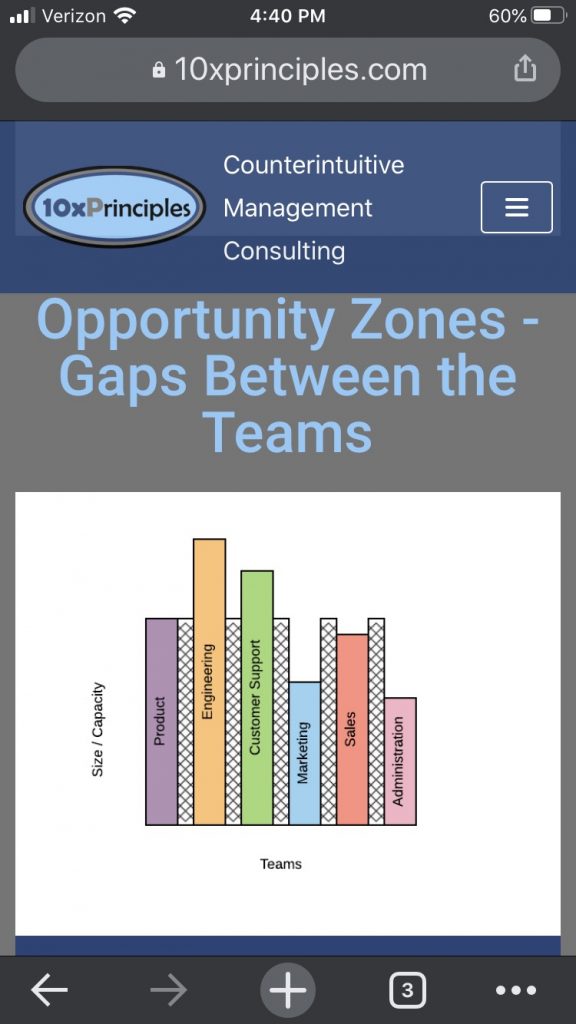AI-juiced robots now trounce chess Grandmasters and wallop the best Go players. Robo-umps call balls and strikes more accurately than human umpires. Robots in modern manufacturing plants perform heavy lifting and repetitive tasks with a few supervisory humans on-hand.
No-code platforms for websites have become so good, I wonder if computer programmers will eventually join the endangered species list. The following is a personal journey, not a definitive treatise on the future of the profession. I had a couple of coding tasks to complete and decided to do them myself. Although I began my career as a programmer, I no longer have the proficiency in any language to easily create the applications I want to build. Rather than taking the time to regain the necessary programming skills, I decided to go the no-code route.
When I started this management consulting company, 10xPrinciples, I didn’t expect for it to be taken seriously without a website. I don’t like to pay for things I can do myself. Hence, I have a host of shoddy and incomplete home repairs under my belt. I built my website using WordPress with no religious devotion to it. There are plenty of other website building tools like Wix and Squarespace that may be better than WordPress.

Five takeaways from the process:
- WordPress and other companies offer excellent tools for visual website construction. One really can create an entire website with no code. There may be an occasional tweak that requires a small snippet of JavaScript, and the tools make them simple to add in.
- If you’re like me and have no design sense, the tools won’t prevent you from creating something hideous. Grab a designer friend or pay someone to help.
- In the same vein, if you can’t match colors, get help or go to Coolors.co. If you want a professional logo on the cheap, check out Fiverr, a freelance services marketplace for businesses.
- An active user community got me out of a few jams – the large community around WordPress is one of the reasons I use it and the folks in the community were super-helpful answering questions.
- The job of a website developer has already changed because of these no-code platforms. HTML and JavaScript expertise is no longer necessary. Instead, contemporary website developers must have proficiency with these no-code tools, good design sense, and some JavaScript/HTML knowledge.
I produced a website that’s neither entirely professional nor embarrassingly amateurish. With a few tweaks, the WordPress theme I used (Neve) provides a fully responsive design, enabling the website to look nice on phones and tablets. In total, I spent about a week building the entire site, but much of that time was for content creation. I could have paid a professional a small amount of money to build a better site but I’m proud that I built it myself.

These DIY website building platforms like WordPress are a remarkable feat of software engineering. It’s exceedingly difficult to build a piece of software intuitive enough for laypeople to understand yet sophisticated enough to perform all the heavy lifting. The result of such tools is the democratization of website building. Although the old job description of a website developer has been usurped by these platforms, the challenge of building advanced no-code platforms ups the ante for excellence in software engineering – and ensures that there will always be a place for great software developers.
The next post of this series presents a no-code application building platform.
